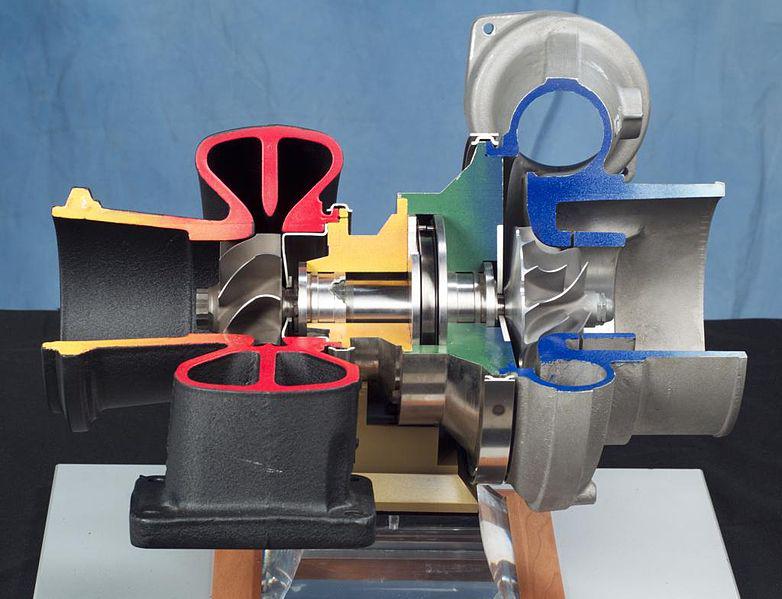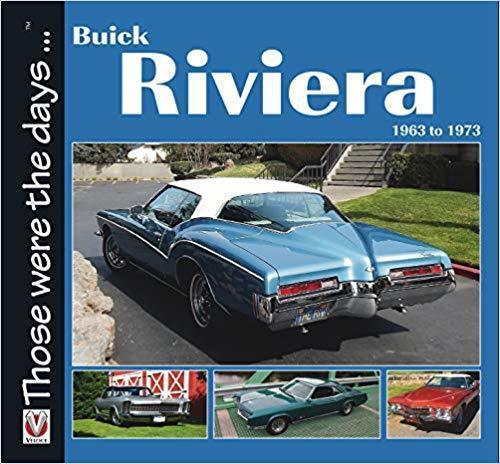Forced induction: displacement?
There are many opinions on the use of superchargers and turbochargers in high-performance vehicles. Many people think this is a kind of "replacement substitute", and turn it away as another "quick action" plan, comparing it to nitrous oxide. Others think it's not only that, but it's a good way to get as much power from the car as possible while keeping the car lightweight.
Although you might be hard-pressed to find an American carmaker put a factory turbo in place of a bigger engine on a muscle car, foreign manufacturers have been using forced induction on cars for years. There are exceptions, of course. In the ’80s, for example, Ford slapped a turbocharger on a 2.3-liter inline-four and called it the Mustang SVO. In the ’90s and early 2000s, Pontiac’s high-performance Grand Prix was called the GTP and featured a 3.8-liter Supercharged V6. When it wasn’t in the shop, that bad boy pushed out up to 260 horsepower. Today, even Cadillac is getting in on forced induction by putting a supercharger on their ultra-powerful CTS-V, which boasts 556 horsepower from its 6.2-liter V8.
So clearly, nowadays, it’s more excepted to use these methods to increase power, but let’s look at the ’90s when a Japan vs. USA sports car war was clearly in effect. Japan came out with some excellent road-scorchers, each equipped with twin-turbos – the Mitsubishi 3000GT VR-4, Nissan 300ZX TT, Toyota Supra TT, and the Mazda RX-7 TT. Meanwhile, American carmakers were coming out with equally powerful sports cars, but instead of fitting them with turbochargers,

It all depends on how you look at it. Forced induction is inherently more efficient, considering a smaller engine is used, which keeps weight down and fuel economy up. During normal driving, it can act as a regular 3.0-liter engine but, when pushed, can put out the power of a 4-liter monster. On the other hand, large displacement engines have fewer moving parts and are – at least in theory – less likely to cause issues. In terms of power delivery, big engines can produce gobs of torque from the beginning and a fairly even power band. Turbo’d engines, however, need to wait for the turbos to spool before producing huge power. Small turbos don’t take as long to spool but don’t produce much power, either. Big turbos are the exact opposite.
So is there a better method to producing lots of power? Not at all. It’s all about personal preference. I own a Nissan 300ZX TT and love it, but I miss the instant throttle response and punchiness of a good V8.
Once again, you can go on and have both at the same time. For example, the Koenigsegg CCX is equipped with a 4.7-liter dual supercharged V8. Bugatti Veyron, four turbocharged, 8.0-liter W16. Don't forget our own GM-Corvette ZR1 and Cadillac CTS-V are equipped with a 6.2-liter supercharged V8.
-
Latest
 Memories of Hyundai Mille Miglia: BMW 328 Hommage
Memories of Hyundai Mille Miglia: BMW 328 HommageExcellent car companies make great strides to ensure that their employees have car enthusiasts. Employees who appreciate the creation of today's motor vehicles and are interested in automobiles will a...
-
Next
 Automoblog Book Garage: Buick Riviera, 1963-1973
Automoblog Book Garage: Buick Riviera, 1963-1973Release dateFebruary 18, 2020AuthorNorm MortPublisherVeloce PublishingISBN978-1787113565Where to ReadAmazon.comThe Buick Riviera would push the company beyond its lackluster post-war image.A new book...
Popular Articles
- Car buyers willing to redouble their efforts to buy a car
- Hyundai Canada announces adjustment of its marketing department
- Mercedes-Benz Canada announces comprehensive Mercedes-EQ charging strategy
- GM extends OnStar automotive insights to non-GM
- Kia Canada enhances buyer knowledge at new electric vehicle experience center in Vancouver
- Mitsubishi Motors launches digital showroom
